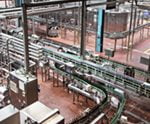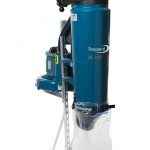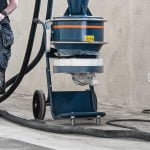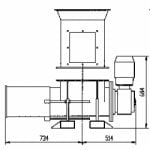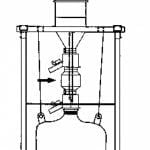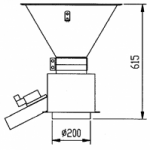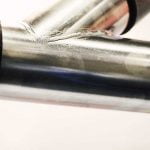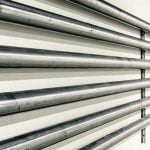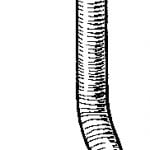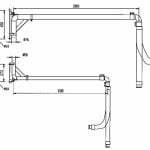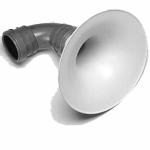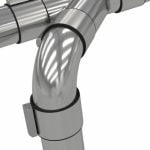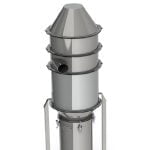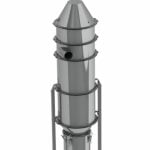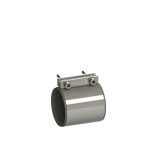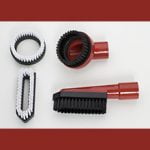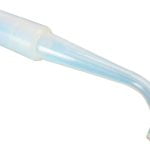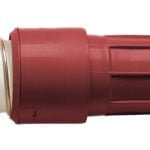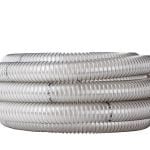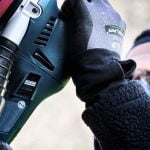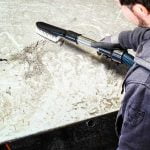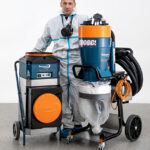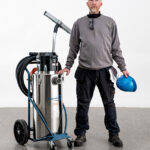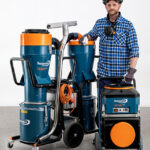Do you know the dangers of inhaling wood dust?
If not, read on to discover how to keep your employees safe and stay informed regarding relevant laws and best practices for reducing dust inhalation in your workplace:
What is Wood Dust?
When machines or tools are used to shape or cut wood, dust is created as a result of these processes.
Industries where this most commonly occurs include carpentry, cabinet and furniture manufacturing, and sawmills. Particular job roles with higher exposure to wood dust are those such as sander, press, and lathe operators.
What are the Dangers of Inhaling Wood Dust?
There are a number of serious health conditions which can be triggered by inhaling wood dust.
The first is asthma, which has been demonstrated to impact joiners and carpenters four times more than other professions in the UK.
The second is cancer — particularly of the paranasal sinuses and nasal cavity (i.e the nose).
The third is lung damage, which is especially likely to be a result of inhaling the fine particles found in settled dust.
What is the Law Around Wood Dust?
In the UK, employers are required to protect their employees from the dangers associated with wood dust through compliance with the Control of Substances Hazardous to Health (COSHH) Regulations 2002.
Dust from both softwood and hardwood sources must lie within the Workplace Exposure Limit, which is 5mg/m3 for the former and 3mg/m3 for the latter (based on an 8-hour time-weighted average).
According to the national Health and Safety Executive, adequate control of wood dust is attained when:
- The eight principles of good control practice are applied as set out in Schedule 2A of COSHH;
- Exposure is below the relevant Workplace Exposure Limit; and
- Exposure is reduced to as low a level as is reasonably practicable.
What is the Best Practice to Avoid Inhaling Wood Dust?
It’s essential in any industry where workers are exposed to wood dust that sufficient dust extraction measures are in place.
At Dustcontrol, we have over 5 decades of experience in developing highly effective dust extraction solutions.
We’re trusted by clients from across construction, heavy industry, and transport — all working environments where exposure to such airborne contaminants can be a potent hazard.
To capture dangerous dust particles at the source, you should be investing in a robust stationary vacuum system or mobile dust extractor. This is the best way to ensure that your employees’ health and wellbeing are properly protected.
The danger posed by wood dust in the workplace is very real. Take action today and protect your workforce by getting in touch with us.
Alternatively, why not read our recent blog on why dust is an occupational hazard, and what you can do about it?
Source:











